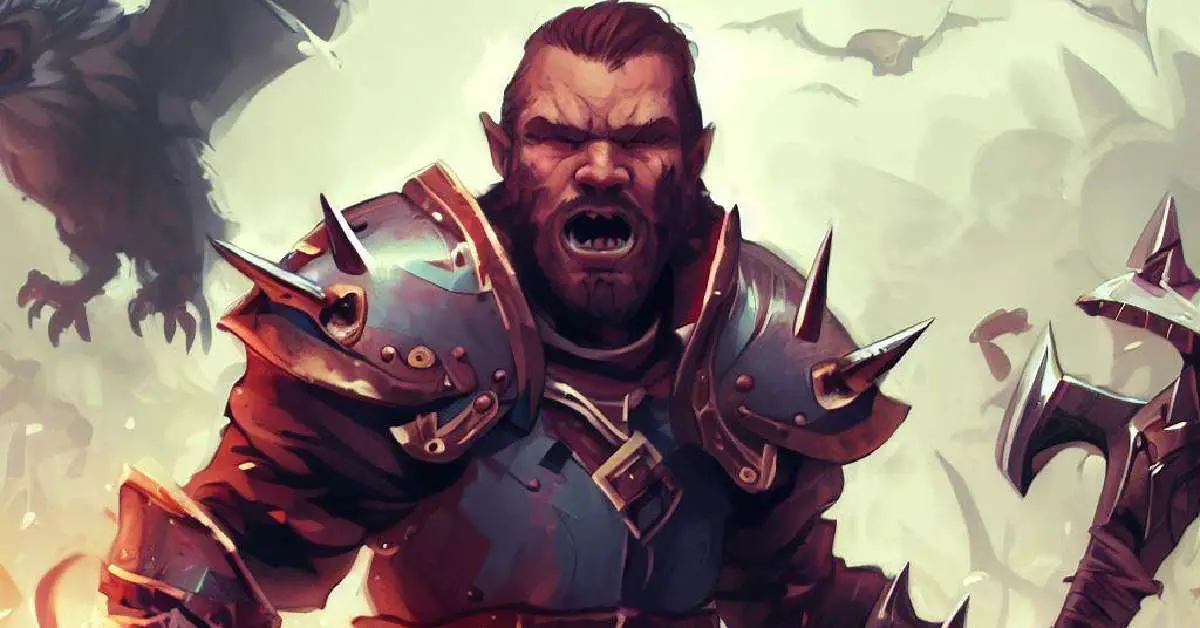
Grab your gear, ready your weapons, and light your torches. We’re about to delve into the fantastic, sometimes confounding, but always thrilling world of multiclassing in Dungeons & Dragons 5th Edition. This isn’t any ordinary guide, though. We’re focusing on one of the coolest, most versatile classes out there: the Battlemaster Fighter. This is your one-way ticket to becoming a combat maestro, so buckle up!
A Quick Primer on Multiclassing
Before we delve into the nitty-gritty of the Battlemaster Fighter, let’s make sure we’re all on the same page about multiclassing. Multiclassing is a feature in D&D 5e that allows your character to gain levels in more than one class. With it, you can mix and match class abilities to create a unique and powerful character. It’s like being able to eat your cake and have it too, but with swords and spells instead of frosting and sprinkles.
Battlemaster Fighter: The Basics
The Battlemaster Fighter is one of the martial archetype options a fighter can choose from at level 3. These warriors are tactical geniuses who use their knowledge of weapons and strategy to control the battlefield. They can direct allies, control enemies, and change the tide of battle with a well-placed maneuver. Think of them like the chess grandmasters of the D&D world, but with more plate armor and less sitting around.
Why Multiclass as a Battlemaster?
Now, you might be wondering, “Why should I multiclass as a Battlemaster? What makes it stand out?”
Well, friends, the Battlemaster is a jack of all trades when it comes to combat. They have a variety of “Maneuvers” that can provide control, damage, and utility in a fight. These include everything from disarming an opponent to rallying your allies. It’s like having a Swiss Army knife on the battlefield.
Moreover, Battlemaster Fighters are not just brute-force warriors. They are adaptable and versatile, combining strategy with martial prowess. This makes them an excellent choice for multiclassing, as their abilities can complement a wide range of other classes.
Picking Your Multiclass: A Step-by-Step Guide
Step 1: Understand Your Character
Multiclassing isn’t just about power – it’s about crafting a character that’s fun to play and fits your vision. Ask yourself what kind of character you want to create. Do you want a cunning rogue with a knack for tactics? A wizard who can hold their own in melee combat? Or a cleric who can lead their allies in battle? The options are endless, but your choice should be guided by your character concept.
Step 2: Check Your Stats
Before you can multiclass, you need to meet the ability score prerequisites for both your current class and your new one. For Fighters, this means having a Strength or Dexterity of 13 or higher. Other classes have their own requirements, so make sure to check those as well.
Step 3: Choose Your Other Class
This is the fun part! Here are a few suggestions:
- Rogue: This is a popular choice for a Battlemaster multiclass. Sneak Attack can add a significant damage boost, and the Rogue’s Cunning Action synergizes well with the Battlemaster’s combat style. Plus, you get access to skills and tools that can make you a more versatile adventurer.
- Wizard: The School of Abjuration or War Magic could be a fantastic choice for those looking to mix arcane might with martial prowess. You’ll gain access to a widearray of spells and abilities that can augment your combat effectiveness, while still being able to dish out the pain in melee combat.
- Cleric: Domains like War or Forge could be a natural fit for a Battlemaster. The divine magic and class features of the Cleric can provide support, healing, and additional combat capabilities. This can make you a lynchpin in any adventuring party.
Step 4: Level Distribution
Once you’ve chosen your other class, you need to decide how many levels to take in each. This is a crucial decision that can significantly influence your character’s abilities and power level.
A typical split is to take 3 levels in Battlemaster for the Maneuvers and then focus on your other class. However, you might choose to take more levels in Fighter for additional abilities like Extra Attack or Indomitable.
Maneuvers: The Heart of the Battlemaster
As a Battlemaster Fighter, your key feature is your Maneuvers. These are special techniques that let you control the battlefield, bolster your allies, and confound your enemies. Here are a few that are particularly useful for multiclass characters:
- Riposte: This maneuver allows you to make a melee attack as a reaction when a creature misses you with a melee attack. If you’re a Rogue multiclass, this can give you an additional chance to apply your Sneak Attack damage.
- Commander’s Strike: You can forgo one of your attacks and use a bonus action to direct an ally to strike. If your ally is a Rogue, they can apply their Sneak Attack damage again!
- Precision Attack: Add a Superiority Die to your attack roll. This is fantastic for ensuring those critical spells hit or making sure your Sneak Attack lands.
Tips and Tricks for the Battlemaster Multiclass
Now, let’s get into some specific strategies for playing a Battlemaster multiclass.
- Balance Your Abilities: When multiclassing, it’s easy to spread yourself too thin. Try to strike a balance between your martial prowess and other class abilities. Remember, you’re not just a Fighter – you’re also a Rogue, Wizard, Cleric, or something else entirely!
- Use Your Maneuvers Wisely: Your maneuvers are a powerful tool, but they’re limited. Use them when they’ll have the most significant impact – like turning a miss into a hit or preventing a deadly attack.
- Teamwork Makes the Dream Work: The Battlemaster is a master of tactics and teamwork. Work with your party members to make the most of your abilities. Set up flanking for your Rogue, provide cover for your Wizard, or bolster your Cleric’s healing with Rally.
Building an Overpowered Battlemaster Multiclass
Now, remember, “overpowered” in D&D isn’t just about dealing the most damage or having the highest armor class. It’s about versatility, adaptability, and being able to handle any situation the Dungeon Master throws your way.
With that in mind, let’s dive into our ultimate build: the Battlemaster Fighter / Rogue Multiclass, a.k.a. “The Tactician’s Nightmare”.
Step 1: Ability Scores
In D&D 5e, you have six ability scores: Strength, Dexterity, Constitution, Intelligence, Wisdom, and Charisma. For our build, we’ll focus on Dexterity, Constitution, and Intelligence.
Why these three? Dexterity will be our primary stat for attacks and AC, Constitution for health and survival, and Intelligence for skills and roleplay. Plus, a high Intelligence score fits the theme of a tactical genius perfectly.
If you’re using the standard array for your ability scores, you might arrange them like this:
- Strength: 8
- Dexterity: 15
- Constitution: 13
- Intelligence: 14
- Wisdom: 12
- Charisma: 10
If you’re lucky enough to roll for your stats and get some high numbers, feel free to pump up your Dexterity, Constitution, and Intelligence even more.
Step 2: Class and Level Distribution
We’re going for a Fighter (Battlemaster) / Rogue multiclass. Start as a Fighter for the heavy armor proficiency and Constitution saving throws, then switch to Rogue at level 2 for the skill versatility and Sneak Attack. At level 3, you’ll choose the Battlemaster archetype for your Fighter class and get those sweet maneuvers.
For our overpowered build, let’s aim for a Fighter 11 / Rogue 9 split by level 20. This gives us three attacks from Fighter, Sneak Attack (5d6) from Rogue, and a wealth of skills, maneuvers, and class features from both.
Step 3: Race and Traits
For our race, let’s go with Variant Human. This race gives us a +1 to two ability scores (Dexterity and Constitution), an extra skill, and – most importantly – a bonus feat at level 1.
Step 4: Feats
Speaking of feats, they are a significant factor that contributes to the power of this build. Here are the three key feats we’re going to take:
- Crossbow Expert (Level 1, Variant Human feat): This lets us ignore the loading quality of crossbows and make a bonus action attack with a hand crossbow after using the Attack action. Perfect for getting in extra Sneak Attacks and maneuvers.
- Sharpshooter (Fighter Level 4): You can choose to take a -5 penalty to your attack roll to add +10 to the damage. Combine this with the Precision Attack maneuver, and you can dish out serious damage.
- Alert (Fighter Level 6): Gives you a whopping +5 to initiative, you can’t be surprised, and hidden attackers don’t gain advantage against you. Perfect for a tactician who always wants to be a step ahead.
Step 5: Skills, Maneuvers, and Roguish Archetype
Choose skills that align with your character concept and party role. With your high Intelligence, skills like Investigation, Perception, and Insight can be valuable. As a Rogue, Stealth is almost a must.
For maneuvers, consider Precision Attack, Riposte, and Disarming Attack.
Finally, for the Roguish Archetype, consider the Swashbuckler from the Sword Coast Adventurer’s Guide. Its features work well with the Battlemaster’s style, and it can help ensure you get your Sneak Attack damage reliably.
Below is a table that summarizes the key aspects of this build:
| Level | Class | Ability Score Improvement/Feats | Key Features |
|---|---|---|---|
| 1 | Fighter | Crossbow Expert | Fighting Style: Archery, Second Wind |
| 2 | Rogue | – | Sneak Attack (1d6), Cunning Action |
| 3 | Fighter | – | Martial Archetype: Battlemaster |
| 4 | Fighter | Sharpshooter | – |
| 5 | Fighter | – | Extra Attack (1) |
| 6 | Fighter | Alert | – |
| 7-8 | Fighter | +2 Dexterity | – |
| 9-10 | Fighter | – | Indomitable (1), Extra Attack (2) |
| 11 | Fighter | – | Martial Archetype Feature |
| 12-14 | Rogue | +2 Dexterity | Sneak Attack (3d6), Roguish Archetype: Swashbuckler |
| 15-16 | Rogue | +2 Dexterity | Sneak Attack (4d6) |
| 17-18 | Rogue | +2 Constitution | Sneak Attack (5d6) |
| 19-20 | Rogue | – | Evasion, Reliable Talent |
Step 6: Equipment
For equipment, you’ll want a hand crossbow as your primary weapon to make full use of the Crossbow Expert feat. For armor, go with the best medium armor you can afford, as it lets you add up to +2 from your Dexterity to your AC.
Wrapping Up
And there you have it, folks! Your comprehensive guide to multiclassing as a Battlemaster Fighter. As you can see, the Battlemaster is a versatile and potent choice for any adventurer looking to spice up their combat capabilities.
Remember, the key to successful multiclassing is understanding your character, making strategic choices, and having a blast while doing it. So, go forth, and let your Battlemaster Fighter multiclass reign supreme on the battlefield. Happy adventuring!




